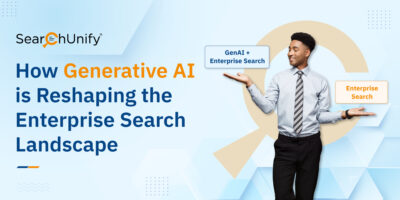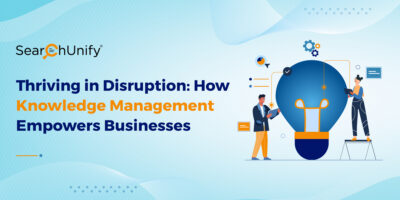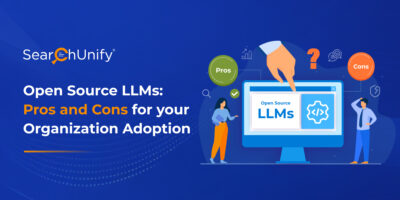
When attending webinars or conferences, my default approach is usually to filter the information through the lens of clients and prospects. How can I use what I’ve learned to help other companies? This is my Consultant Brain hard at work, always in overdrive.
Last week, however, TSIA World Envision defied my Consultant Brain. Every path led to introspection. Were the sessions within “Silo Busting to Drive Profits and Growth” aimed directly at me? Even in my own session, when I asked the audience to raise their hands if their organizations struggled with siloed business units, not a single hand remained complacently in its owner’s lap. My response was automatic. “Wow!” I exclaimed. “Everyone, then. I hope it helps to know that you’re not alone.”
But that was my Consultant Brain speaking. You don’t have to probe deeply to see that the Consultant is more comfortable focusing on others. The Consultant is a physician in desperate need of someone telling them to heal thyself. My hand could have shot up with the rest, and in the moment – rather than upon reflection – I could have taken comfort in the fact that I, as an army of one at SearchUnify, am not alone.
OK. No sweat. Better late than never. The first step is recognition and all that. So, what now?
Let’s spend a moment to delve into the ‘why,’ as in, “why should we bust silos?” Well, the conference title promises that doing so will lead to profits and growth. But why?
J.B. Wood, President & CEO of TSIA, began his Day 2 keynote with the following quote, “Our operating models are so complex that no one can consume them.” He pointed to four main perpetrators of this culture of starvation.”
- Sales
- Implementation
- Customer Success
- Support
Here is my version of the story he told:
Sales team spends months gathering requirements to put together a personalized offering. The customer travels with them through the Sales silo, then back up again. Once the customer purchases, Sales hands them over to the Implementation team, who begins from square one: “What can I do for you?”
And the customer’s like, “What did I spend the last several months explaining?”
And Implementation is like, “Oh, never mind that. It helps us to hear it firsthand.”
And so, the customer travels with them down the Implementation silo, only to be sent back up again. Once the installation is done, the Implementation team hands them over to Customer Success, who begins at the beginning: “How can I help you?”
And the customer’s like, “Didn’t I just go through all that with the Implementation team?”
And Customer Success is like, “Surely, that was all technical. I’m here to talk strategy!”
And the customer’s like, “Err, we did talk some strategy. With Sales too, for that matter.”
And Customer Success is like, “Oh, never mind that. It helps me to hear it firsthand.”
And so the customer travels with them down the Customer Success silo, then back up again. When the customer encounters an issue, they report it to Customer Success, who hands it to Support, who says, “Please describe your issue.”
Information hoarding is at best inefficient and at worst maddening, most especially for the Customer and Support. Why the latter? Because, by the time Support gets them, the Customer is exhausted and HANGRY.
So there we have it. Operational complexity and inefficiency, starves profit and growth. If consumers can’t consume, then companies can’t make money. We have created a customer journey that is as unpalatable as it is indigestible.
Now for the ‘how’: How do we fix this? Wood said that it was a data issue. At the individual level, start by pinpointing what your group needs to operate efficiently, then ask a selfless question, “What data does my silo have that would benefit another silo?” And, further, “At what point in the customer journey is the best place to collect that data?” Then let the sharing begin.
Taking baby steps toward collaboration will not have the effect of a wrecking ball on our silos, but it will, to draw on a different metaphor offered by OneStream’s Chief Customer Officer, Mark Sims, cause ripples. “The pebble is the question,” said Sims.
“How can I help you?” we ask the customer – once.
One question, one answer, and send those ripples flowing across the entire org. Knowledge sharing, collaboration, and silo-busting begin with me. I need only to ask, and offer.
Consultant, humble thyself.


















